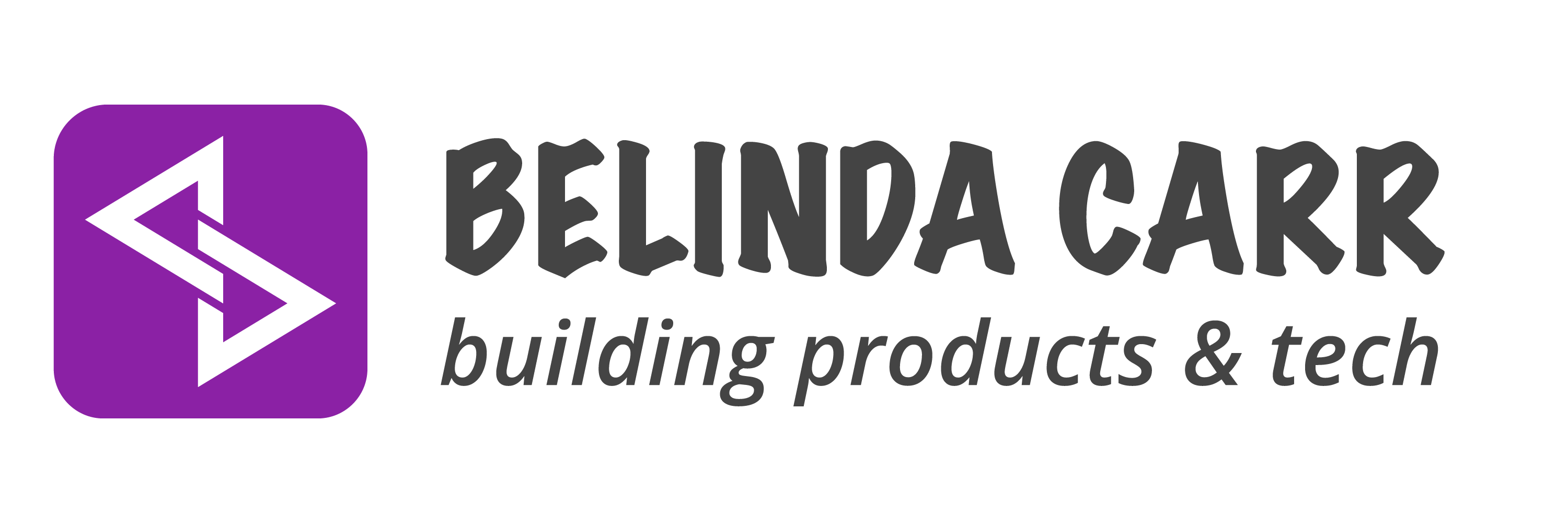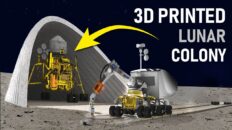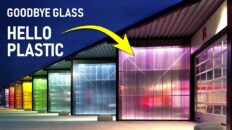Insulation is the most important building feature for comfort and energy efficiency. Unfortunately, common mineral wool insulation like fiberglass, Rockwool and slag wool that are used in almost every home are energy intensive products with very high carbon footprints. A company in Idaho called Hempitecture has come up with an alternative building insulation that is eco-friendly and has a low carbon footprint.
HempWool is a plant-based, sustainable and high-performance insulation for walls, floors and ceilings.
It provides resistance to the flow of heat and lowers your heating and cooling costs. It is quickly gaining traction in the construction industry, as a replacement for traditional insulation.
HempWool is a natural thermal insulation made from the fibers of the hemp plant. Bales of shredded hemp arrive at the manufacturing facility from all over Northern States and Canada. The color of the dried hemp fibers varies depending the amount that it is retted. Retting is a process that allows moisture to begin separation of the fiber from the stalk. Darker fiber has been retted for longer, and lighter fiber has been retted for less time.
HempWool can also include sheep wool from New Zealand or recycled wool. Hempitecture’s acoustic insulation batts use recycled and virgin cotton for better sound absorption. To bind and fuse the hemp fibers together, they use a small amount of polyester bonding fibers.
Bale Openers
Tightly compressed bales of hemp, polyester, cotton or other ingredients are lifted onto these machines. They comb, stretch and break up the fibers and then transport them to the next step of the production line. The quantity of the raw ingredients pulled through depends on the moisture content of the hemp fibers. The bale openers can be fine tuned through these manual controls. You can specify the percentages of each material, air pressure, quantities, see what’s jammed and more.
Pre-opener
The second machine is a pre-opener. Small metal spikes on a wooden drum grab the hemp and polyester fibers, separate them and pull them upwards through ducts.
Blending Box
Conveyor belts, motors, fans and air move the fibers to the third machine, a blending box. The fibers are dropped in layers so you can see the white polyester bonding fibers mixed in with the brown hemp fibers. The typical mix for indoor insulation is 92% hemp and 8% polyester. Rigid boards for exterior insulation need more polyester fibers to make it stiffer.
Fine Opener
This part of the machine also has a self-cleaning cylinder, a fluffer, a separating drum and a packer. You can specify how much fiber can be packed and sent to the next machine. This fourth section is called the fine opener. Another wooden drum with metal spikes slowly opens the fibers one last time before sending it upwards to the next part.
Airlay
The fifth and most important machine is the airlay. An air pressure regulator pulls fibers, packs them together and deposits them on a moving belt. When the pressure drops, it pulls more fiber. When the pressure gets too high, the fiber drops down. This method creates a finely mixed uniform web of fibers with the desired density and thickness.
Oven
The sixth and final part of the production line is the oven. The HempWool insulation is gradually pressed down as it passes through 3 stages of heat. For a typical insulation batt, it goes from 7” to 6.5” to the final 5.5”. The machine uses natural gas burners and fans to heat the fiber mixture up to 150 degrees Celsius or 300 degrees Fahrenheit.
After the polyester fibers melt and fuse the hemp fibers together, the hemp wool batts are cooled down with exhaust fans and moved to the cutting station. Large circular blades that look like pizza cutters cut the insulation batts down to 16” or 24” widths. A guillotine blade cuts the batts to the final length, usually 48”.
Sustainable Operations
- While they use natural gas in their burners, the rest of the plant is powered with renewable energy.
- They have an advanced waste collection system to ensure that nothing useful heads to landfills. Any scrap material is chopped up and sent back to the production line.
- Hemp dust particles are also collected in large drums. The production process of HempWool is very messy, so this system helps reduce the particles released into the air.
- Fans pull any loose fibers and dust through overhead ducts. They are filtered through a large mesh and collected for future use as pellets, biomass or even compressed wood boards.
- Hempitecture is experimenting with other types of HempWool products like thin underlayment for carpets. This flexible material could be used instead of rubber, wool, foam or any other synthetic fibers.
- They have also made an exterior rigid board panel that can be used as continuous exterior insulation. This product is much stiffer, more waterproof and it’s fire rated.
Conclusion
I am very impressed with how far Hempitecture has come in the last few years. They are up against so many variables that are out of their control, but they keep persevering. They are dealing with different plant species, different moisture contents, different densities and more. Even the cooking times differ depending on the species they receive. They cannot come up with a set formula for their product because of all these variables, so every day presents a new challenge. But they are learning from their mistakes and experiments and they just keep going.





